
This post originally appeared on CityLab and was published January 6, 2025. This article is republished here with permission
Why ‘Personal Rapid Transit’ Can‘t Compete With Regular Old Buses
Could Tesla’s Cybercab and similar smaller vehicles replace traditional trains and buses? Unfortunately, the idea of “personal rapid transit” has some big drawbacks.
CityLab David ZipperFor many skeptics of public transportation, small is the next big thing.
- Each vehicle will have just two seats.
- The Vegas Loop, an earlier Musk-inspired, transit-like venture built by the Boring Company, deploys a fleet of human-driven Tesla cars (maximum passengers: three) in an underground tunnel beneath the Las Vegas Convention Center.
- Meanwhile, leaders of US cities like Atlanta and Arlington, Virginia, have envisioned fleets of little vehicles — typically autonomous shuttles or aerial gondolas — that whisk people to and from major destinations in near-privacy, without a moment lost to gridlock.
- Terrible or not, there are reasons that public transportation revolves around vehicles that can simultaneously transport dozens if not hundreds of passengers.
- Enticing though downsized conveyances might seem, they sacrifice immutable and substantial advantages — in efficiency as well as practicality — that result from going big.
- Compared to a familiar bus, PRT promised greater privacy, fewer delays and faster journeys (largely due to the elimination of cross traffic).
- Because they were designed to accommodate only a few passengers at a time, PRT pods avoided the rows of empty bus seats that indicate inefficiency to many casual observers (although not to transit professionals who note that many buses half-empty at noon will be full during the afternoon rush).
Glydways, which describes itself as “transit, designed for riders,” won a contract last year to connect San Jose’s airport and central transit hub, a decision described as a “repudiation” of traditional transit modes like buses and subways. Glydways intends to deploy six-seat autonomous pods running on at-grade guideways closed to other vehicles, such as cars or buses. The company is planning another deployment at Atlanta’s airport; the Georgia commissioner of transportation has called Glydways “a vision of the future for personal rapid transit.”
- At a public cost of over $50 million, Musk’s Boring Company built the Las Vegas Loop, a 2.4-mile, neon-lit tunnel beneath the Las Vegas Convention Center that is traversed by conventional Tesla Model X and Model Y vehicles.
- The Boring Company initially proposed autonomous shuttles holding up to 16 people; none materialized, but in October 2024, Tesla showed off a prototype “Robovan” that could hold up to 20 passengers, with no details on possible production dates.
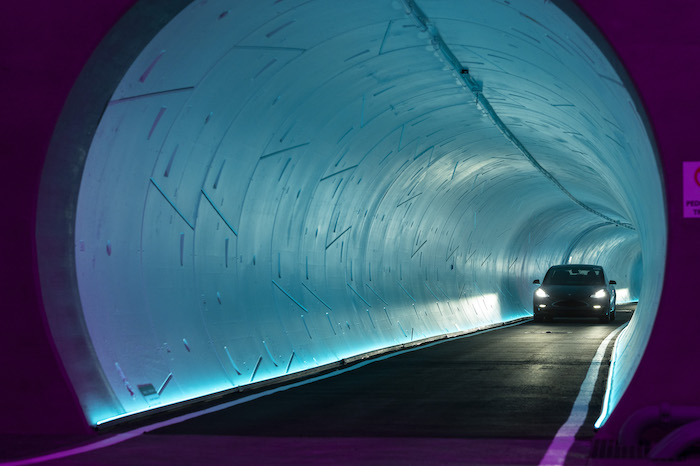
A (human-driven) Tesla negotiates the Las Vegas Loop. Photographer: Bridget Bennett/Bloomberg
Some futuristic small vehicles are airborne. Several suburban cities in the Dallas area are currently considering a network of capsules that would zip over the sprawl below, partnering with a company called Whoosh that describes its product as a “gondola-like ride-hailing network” and is preparing a deployment in Queenstown, New Zealand.
Swyft Cities, Whoosh’s US partner, said that the company “provides the ‘perfect Uber’ – fast, on-demand, nonstop trips with a great view.”
Minus the “great view,” that line sounds a lot like the pitch for microtransit, a trendy form of public transportation that allows passengers to summon a van that will pick them up and deliver them to their destination, with rides costing little more than a bus fare. Microtransit is now deployed in cities big ( Los Angeles ), mid-sized ( Kansas City ), and small ( Sioux Falls, South Dakota ).
Compared to autonomous pods or gondolas, American cities have far more experience with microtransit — and the results have been dubious at best. Moving passengers in a small vehicle may look efficient (“fewer empty seats!”) but providing the service can be astronomically expensive.. ."
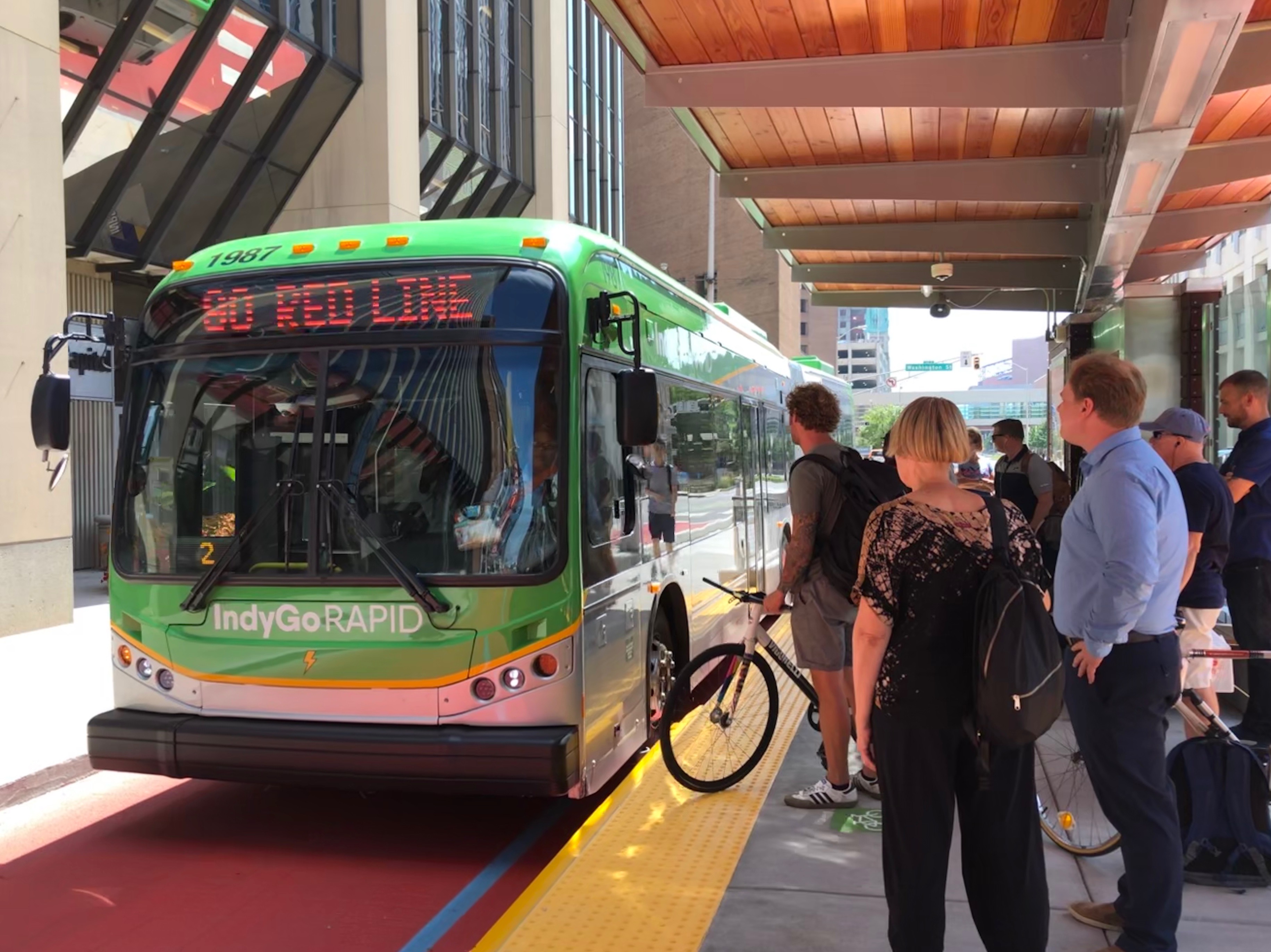
Personal Rapid Transit (PRT) faces significant hurdles in competing with conventional buses due to
- high infrastructure costs,
- operational inefficiencies, and
- the allure of personalized transportation options like cars and ride-sharing.
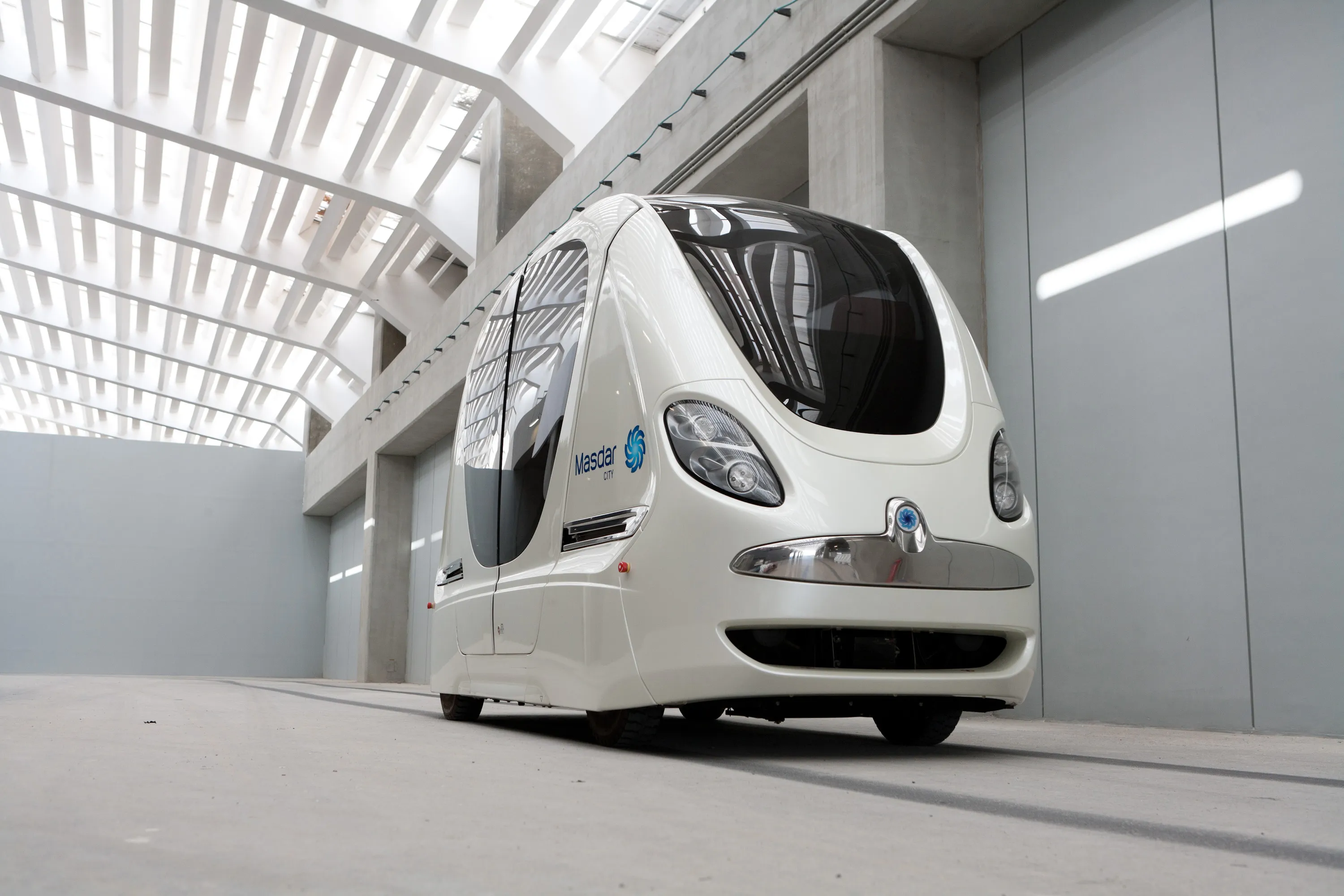

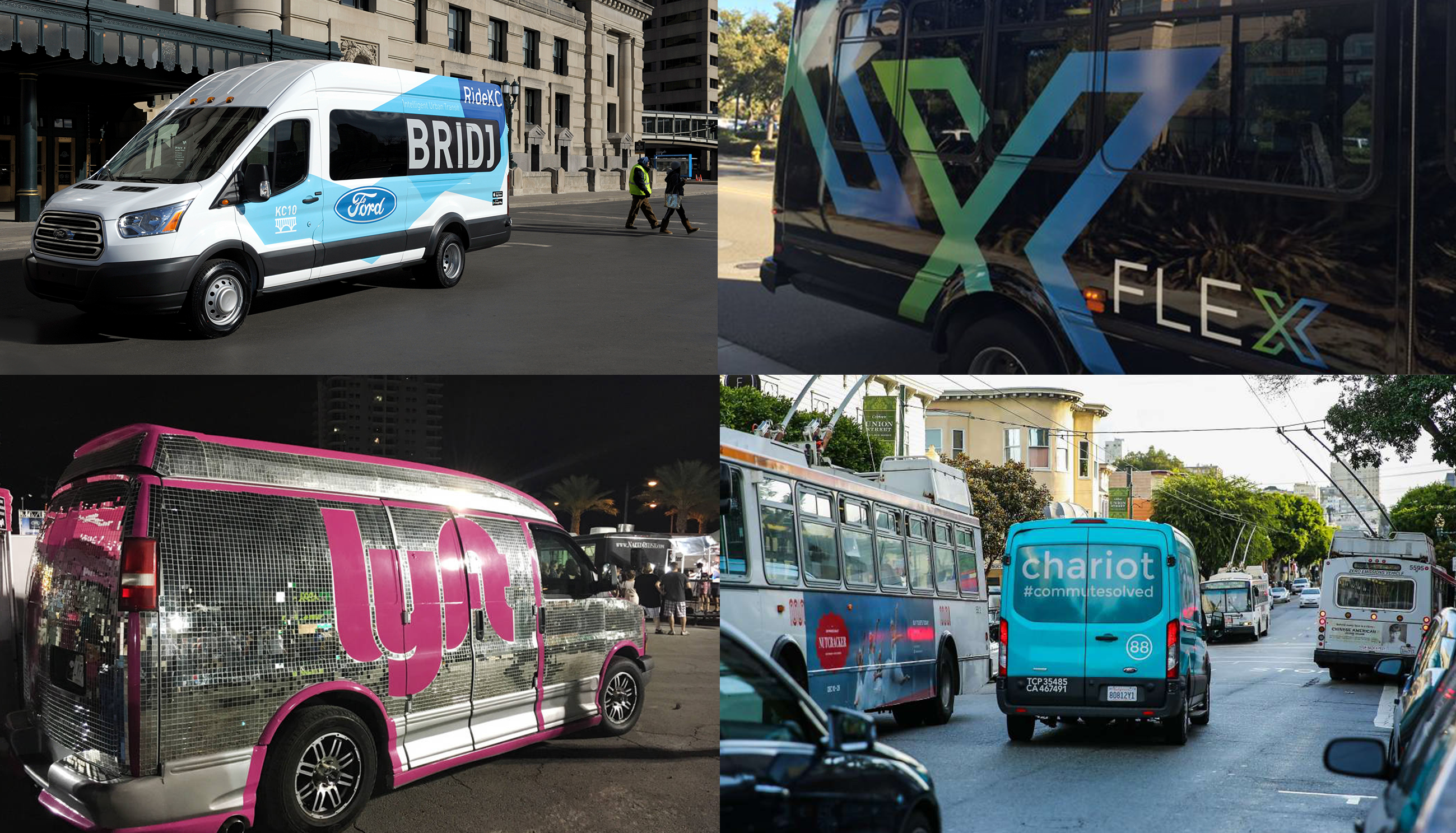
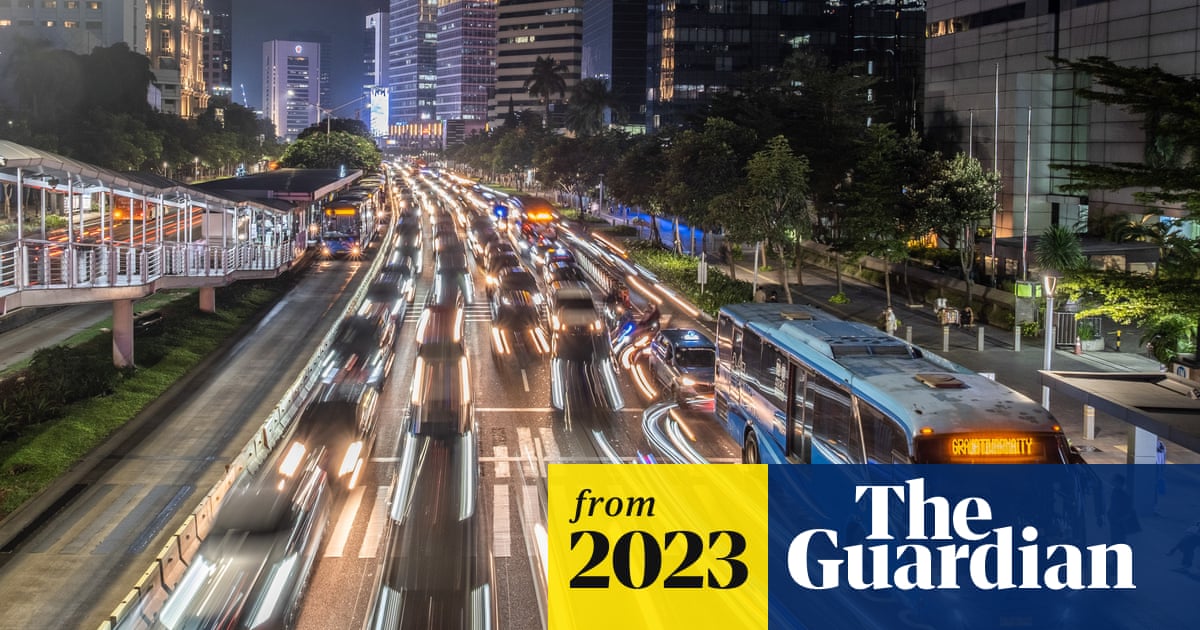


No comments:
Post a Comment